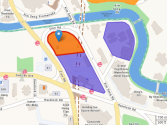
National University of Singapore launches “calculator” to predict risk for hospital readmission
The web-based tool helps identify patients who are at high risk of readmission within 15 days.
Researchers from the National University of Singapore (NUS) have developed a web-based tool that predicts a patient’s 15-day readmission risk by analysing various risk factors.
The tool was tested using data from 621 patients who had been discharged from the Singapore General Hospital and Khoo Teck Puat Hospital Singapore between August and September 2015. The development and validation of the predictive model, meanwhile, was published in the online journal Pharmacotherapy in January of this year.
Studies have shown that early readmission (within seven days or less) is more likely to be causally related to the preceding admission episode and is more likely to be prevented through risk modification. Late readmissions, on the other hand, are more likely to be associated with morbidities and social determinants, and therefore less likely to be amenable to intervention by providers.
Some 15 percent of patients in Singapore are at high risk of being readmitted within 30 days from hospital discharge, while globally, readmission rates can be as high as 20 percent.
“By cutting down the number of preventable admissions, hospital-related healthcare costs can be reduced,” said Alexandre Chan, associate professor from the Department of Pharmacy at NUS’ Faculty of Science. Chan supervised the project carried out by Sreemanee Raaj Dorajoo, a PhD candidate from the Department of Pharmacy.
Chan said they used 15-day readmissions because studies have shown it is the optimal cut-off for identifying preventable readmissions. The online tool calculates the likelihood of readmission based on several risk factors, such as age, presence of presence of pre-existing conditions, number of discharge medications, discharge destination, and evidence of premature discharge against medical advice.
Sreemanee said that their study found that the number of medications prescribed at discharge was closely linked with 15-day readmission risk, since each additional medication prescribed correlates to a 6-percent increase in the risk for readmission within 15 days.
“The practice of prescribing additional medications for discretionary use, for example mild or moderate pain, nausea and constipation, could prove counterproductive in some patients as the added complexity in the medication regimen may lead to potential errors during self-administration,” highlighted Chan.
Both Chan and Srreemanee hope that their web-based calculator can lead to the development of targeted intervention programmes to help reduce readmission rates for patience. Discussions are also underway to integrate the tool into the existing electronic medical records system of healthcare providers in the country.







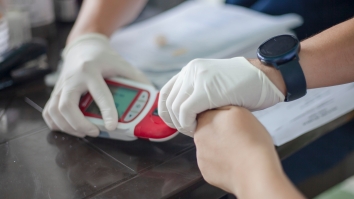












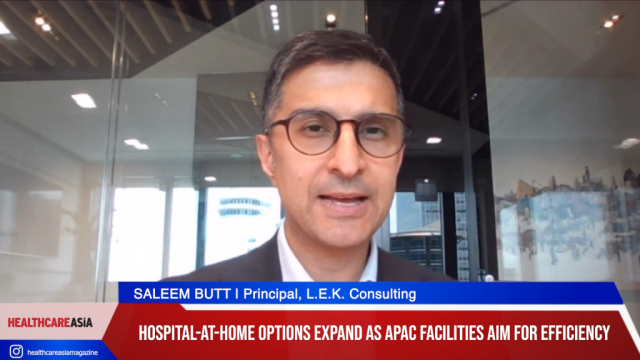
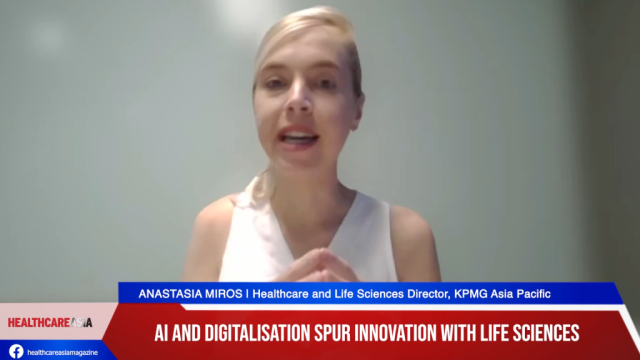
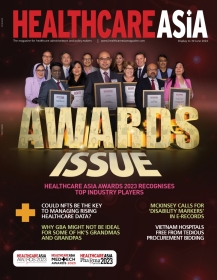
 Advertise
Advertise
